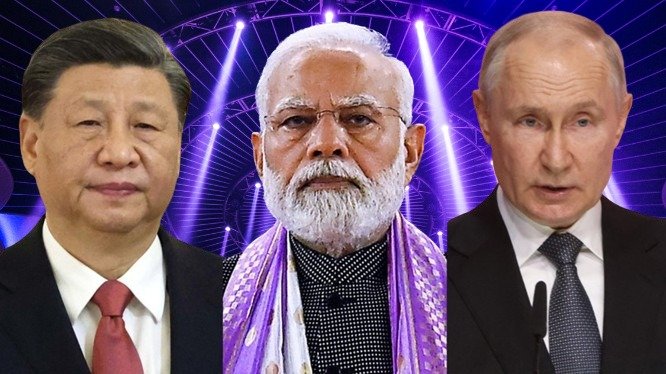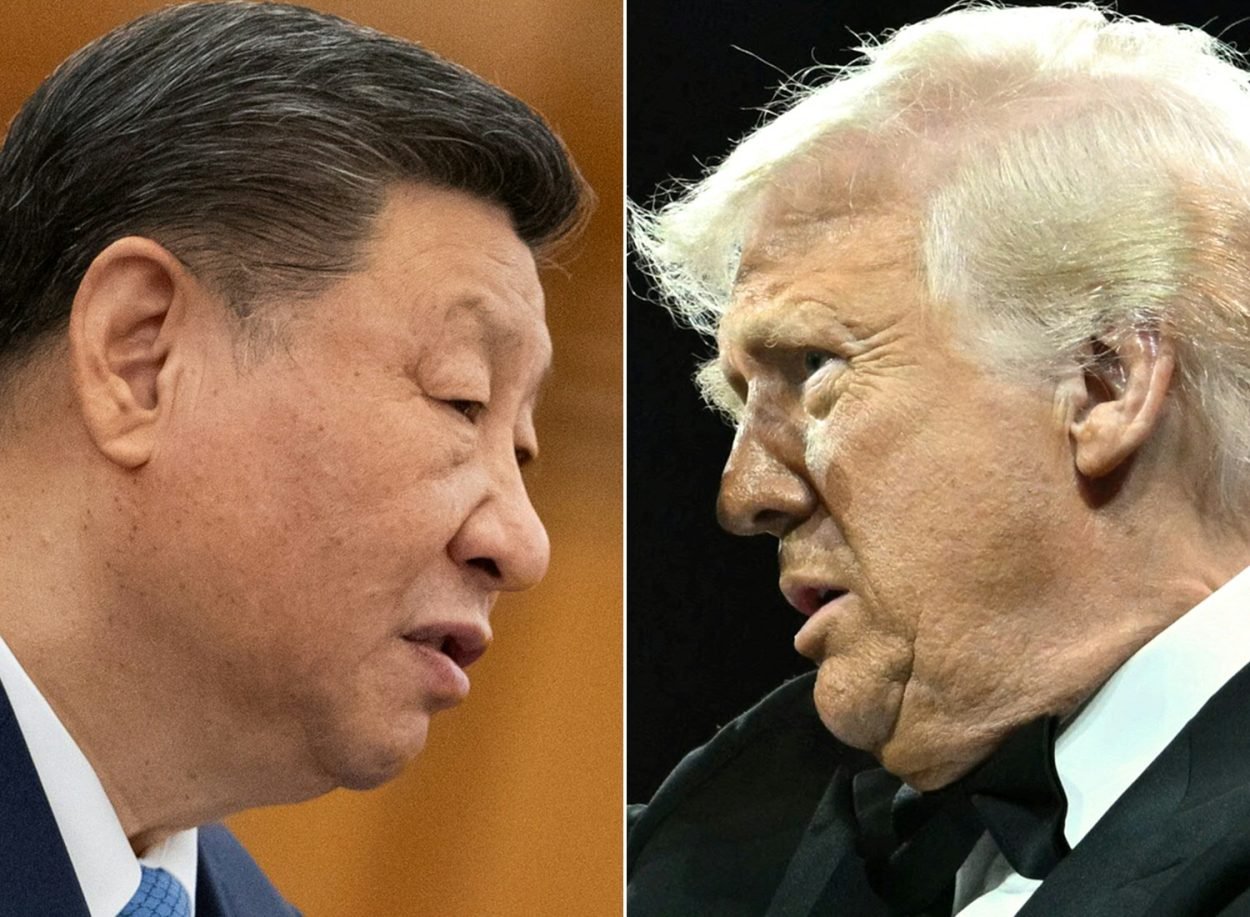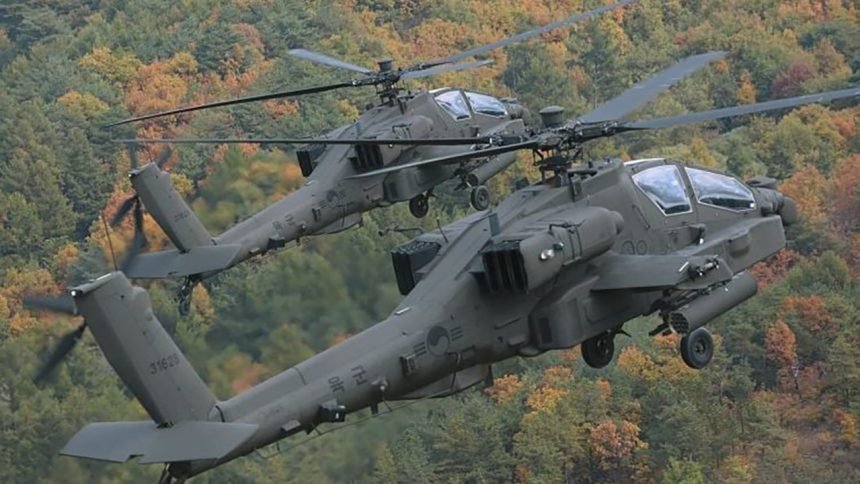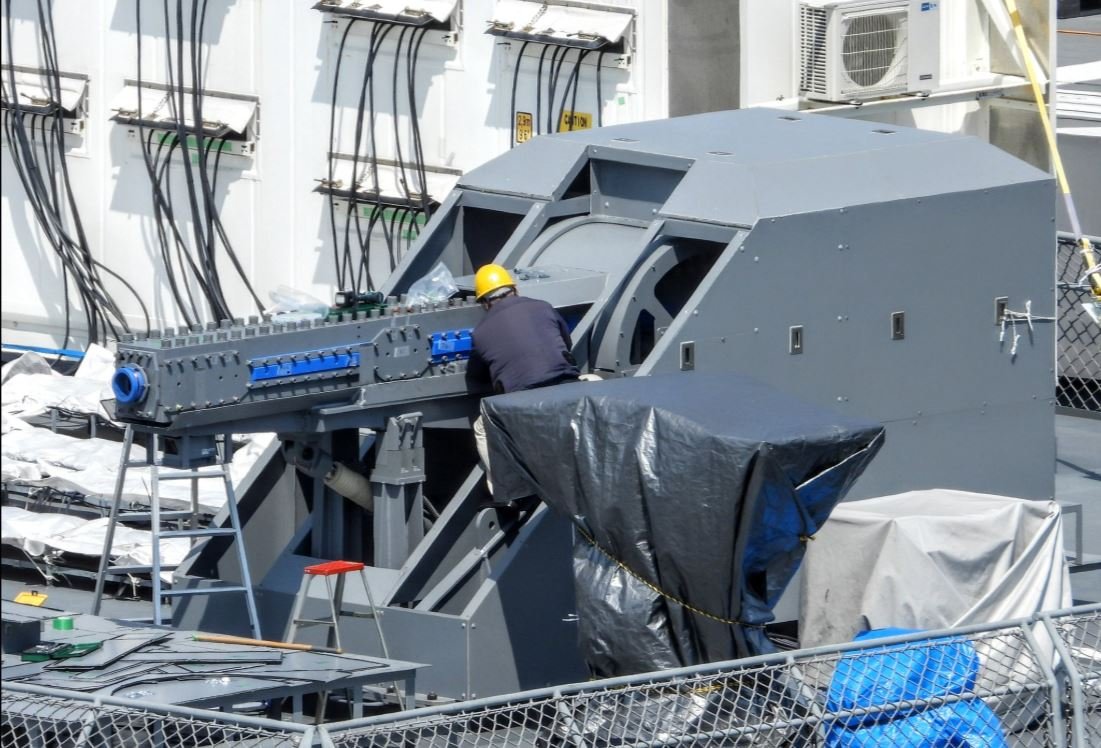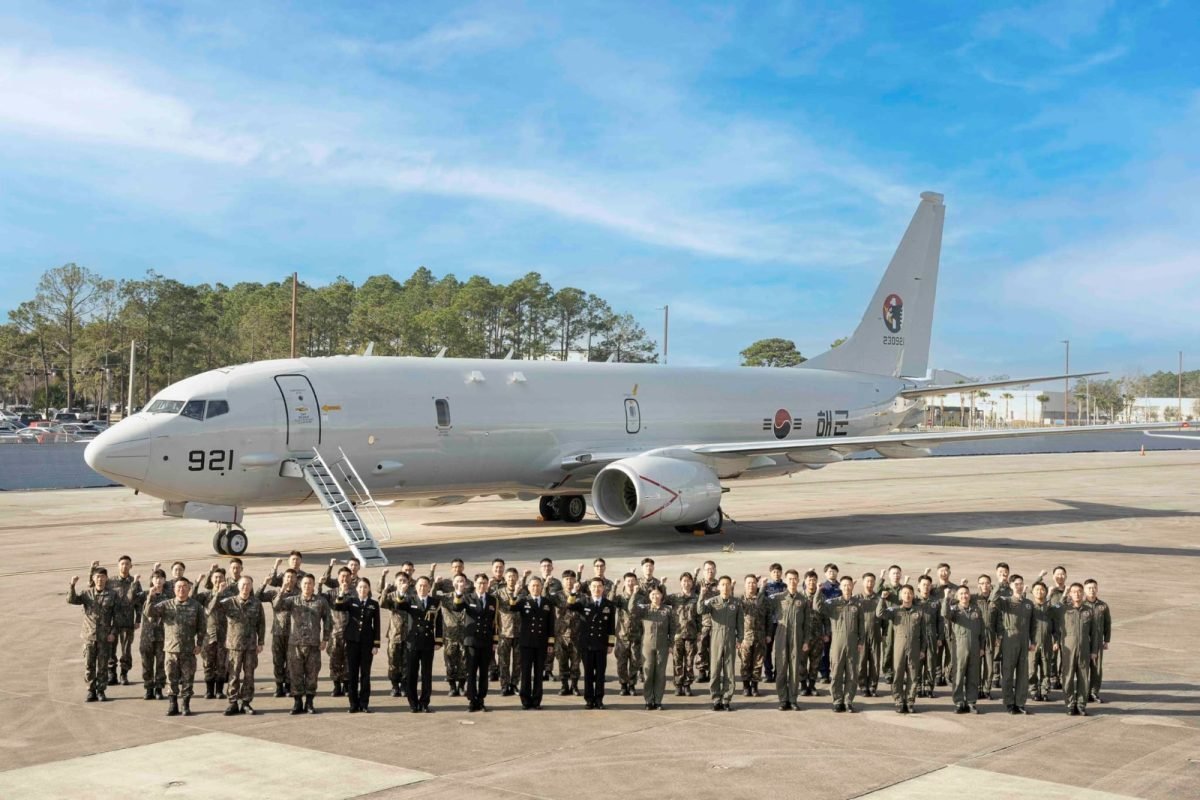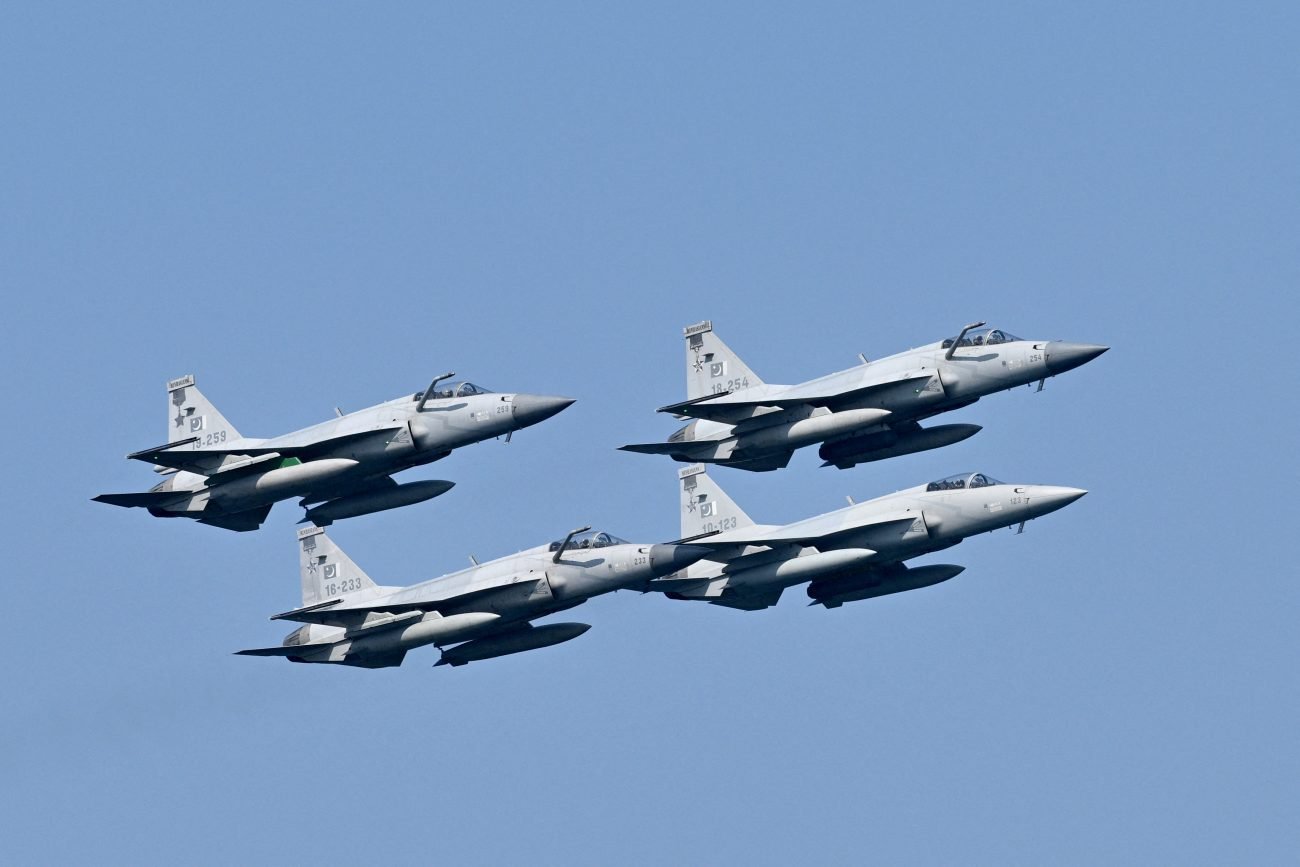NATO was formed in the aftermath of World War II to counter the growing threat of the Soviet Union. Twelve countries, including the United States, Canada, and several European nations, signed the North Atlantic Treaty in April 1949, pledging to defend each other against any aggression. The organization’s primary objective is to provide collective defense for its members.

image showing NATO member’s Flag
During the Cold War, NATO played a crucial role in deterring Soviet aggression in Europe. It provided a security umbrella for its members and served as a deterrent to any potential Soviet aggression. The Cuban Missile Crisis of 1962, in particular, demonstrated NATO’s importance in preventing a global conflict.
Since its establishment, NATO has expanded significantly. The organization currently has 30 member states, including many former Soviet-bloc countries. NATO membership has expanded to include nations that were once hostile to the West, such as Poland, Hungary, and the Czech Republic. Membership requires a commitment to democratic values, such as human rights and the rule of law.
NATO operates on a consensus-based decision-making process. All members have an equal say in decision-making, and any decision requires the unanimous agreement of all members. This can create challenges, as larger members may use their veto power to push their interests. However, the consensus-based approach ensures that all members’ voices are heard.
NATO’s financial mechanism is based on a principle of “costs lie where they fall,” meaning that member states pay for their own military capabilities and direct contributions to NATO. The budget is then divided into three categories: civil budget, military budget, and the NATO Security Investment Program (NSIP). NATO members’ contributions are divided into two categories: direct and indirect.
Direct contributions are the funds that member states directly pay to NATO. The amount each member contributes is based on a formula that takes into account their gross national income. The United States contributes the most to NATO’s budget, at around 22% of the total, followed by Germany, the United Kingdom, and France, which contribute around 15%, 10%, and 10%, respectively.
Indirect contributions are the costs that member states pay for their own national defense budgets. These costs are not directly contributed to NATO, but they support the alliance’s collective defense capabilities.
NATO Member Contributions in Detail Here is a breakdown of how much each NATO member state contributes to the alliance:
| Country | Direct Contribution (in millions) | % of Total Budget |
|---|---|---|
| USA | 8,228 | 30.4% |
| Germany | 5,553 | 20.5% |
| UK | 3,833 | 14.2% |
| France | 3,920 | 14.5% |
| Italy | 1,628 | 6.0% |
| Canada | 988 | 3.7% |
| Turkey | 773 | 2.9% |
| Spain | 717 | 2.6% |
| Belgium | 475 | 1.8% |
| Netherlands | 440 | 1.6% |
| Poland | 369 | 1.4% |
| Norway | 357 | 1.3% |
| Denmark | 308 | 1.1% |
| Romania | 301 | 1.1% |
| Portugal | 234 | 0.9% |
| Hungary | 27 | 0.1% |
| Slovakia | 21 | 0.1% |
| Bulgaria | 20 | 0.1% |
| Croatia | 16 | 0.1% |
| Estonia | 12 |
It is important to note that the above figures are estimations and may vary from year to year.
NATO’s Role in the Cold War
NATO faces challenges from the changing nature of conflict. The rise of asymmetric and hybrid warfare, cyberattacks, and disinformation pose significant challenges to the alliance. The recent example was the Russian interference in the 2016 US presidential election and the 2020 SolarWinds cyber-attack are examples of new forms of warfare that NATO needs to counter.
Maintaining military readiness and capacity
NATO needs to ensure that its member states have the necessary military capabilities to respond to present war scenarios. The alliance needs to maintain modern and well-equipped armed forces, as well as invest in emerging technologies such as artificial intelligence and autonomous systems. As we can see during ongoing conflict of Ukraine, NATO is also facing challenges with readiness and capabilities when it became evident that some member states lacked adequate military capabilities to respond to the situation.
Balancing the demands of collective defense with the need for multinational operations
While NATO’s primary role is to provide collective defense for its member states, it also plays a crucial role in crisis management and peacekeeping operations. The organization must balance these two roles to ensure it can effectively respond to evolving security challenges. For example, NATO’s Operation Unified Protector in Libya in 2011 involved both collective defense and multinational operations.
Maintaining unity and consensus among member states
Disagreements between member states on issues such as burden-sharing and defense spending can pose challenges to the alliance’s ability to act quickly and effectively. It is evident from the , tensions between Turkey and some other NATO members over Turkish military operations in Syria have raised questions about the unity and consensus of the alliance.
NATO faces several challenges on present war scenarios, including adapting to new security challenges, maintaining military readiness and capacity, balancing the demands of collective defense with the need for multinational operations, and maintaining unity and consensus among its member states. These challenges require NATO to continue to evolve and adapt to meet present and future security challenges.
